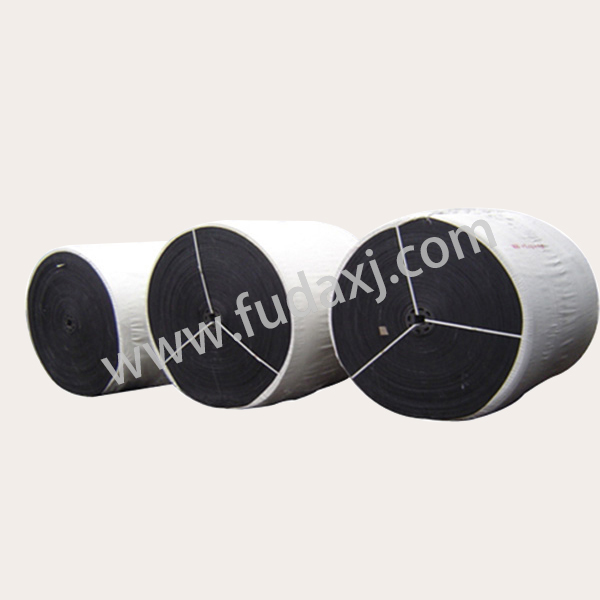
EPDM (Ethylene Propylene Diene Monomer) conveyor belts are widely used in various industries due to their exceptional properties, making them suitable for a range of applications. This synthetic rubber material, known for its resistance to heat, chemicals, and environmental conditions, is a popular choice in conveyor systems.
EPDM conveyor belts are composed of a blend of ethylene, propylene, and diene monomers, which give them their distinct characteristics. These belts are known for their:
Chemical Resistance: EPDM is resistant to a variety of chemicals, including acids, alkalis, and ketones. This feature makes EPDM conveyor belts particularly useful in industries where chemical exposure is frequent, such as in the chemical manufacturing and wastewater treatment sectors.
Weather and Ozone Resistance: EPDM's excellent resistance to ozone and UV radiation means it performs well outdoors. It does not crack or degrade easily when exposed to weathering elements, making it suitable for use in various weather conditions without significant loss of performance.
Electrical Insulation: EPDM rubber provides good electrical insulating properties, which is beneficial in environments where static electricity or electrical hazards are a concern. This characteristic is particularly valuable in industries such as electronics or pharmaceuticals, where clean, controlled environments are required.
Low Friction and Abrasion Resistance: EPDM conveyor belts exhibit low friction characteristics, ensuring smooth operation. Additionally, the material offers good abrasion resistance, contributing to the longevity of the conveyor system and reducing maintenance requirements.
EPDM conveyor belts are used in numerous industries, each benefiting from the specific properties of the material. Some common applications include:
Food Processing: In the food industry, EPDM belts are often used for conveying food products, particularly those that require temperature control, such as baked goods, frozen food, and meat processing. Their resistance to heat and chemicals ensures the belts can handle various production conditions without degradation, ensuring hygiene and safety standards are maintained.
Automotive and Manufacturing: EPDM conveyor belts are employed in automotive manufacturing for moving components and assembly parts. Their durability and ability to resist oil and grease make them a reliable choice for these demanding environments. Additionally, their electrical insulation properties are advantageous in preventing damage to sensitive equipment.
Packaging and Distribution: In packaging and distribution centers, EPDM conveyor belts are used to move goods, packages, and materials across assembly lines or sorting systems. Their ability to withstand environmental conditions and resist wear and tear makes them reliable for these continuous operation environments.
The use of EPDM conveyor belts provides several benefits, particularly in challenging environments:
Long Service Life: EPDM belts are highly durable and resistant to wear, which contributes to an extended service life. This durability results in lower maintenance costs and fewer belt replacements over time, increasing the efficiency of the conveyor system.
Energy Efficiency: Due to their low friction properties, EPDM conveyor belts can help reduce energy consumption. The smooth operation reduces the load on motors and other components, leading to lower energy costs and improved system efficiency.
Versatility: The wide range of available grades and thicknesses of EPDM conveyor belts makes them suitable for various applications.
EPDM conveyor belts offer numerous advantages for various industries, including heat and chemical resistance, durability, and versatility. Their performance in harsh environments, combined with their long service life and energy efficiency, makes them an excellent choice for many applications.
 English
English 简体中文
简体中文 Español
Español عرب
عرب
 English
English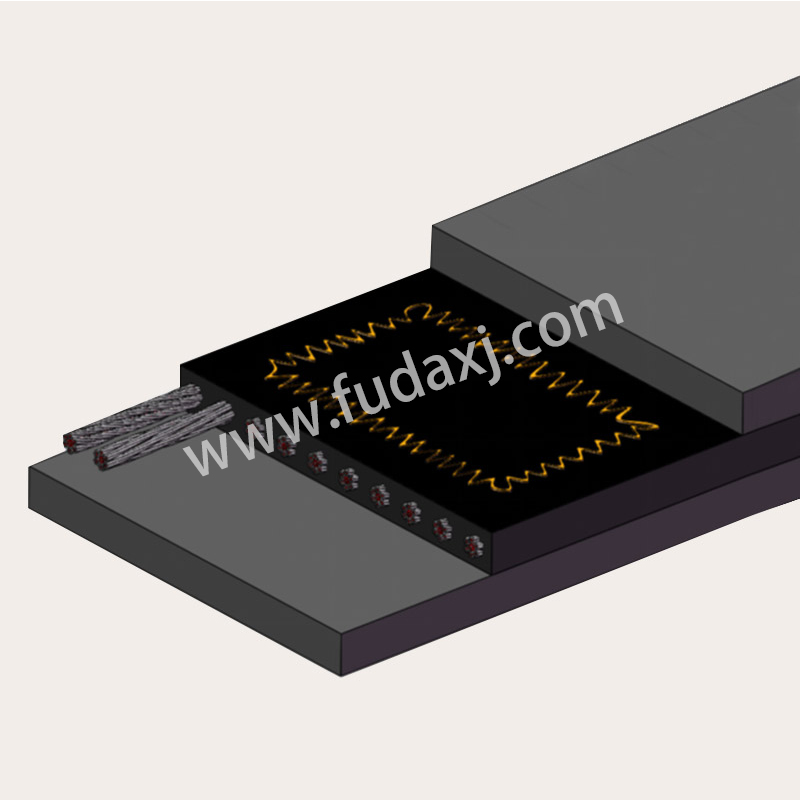

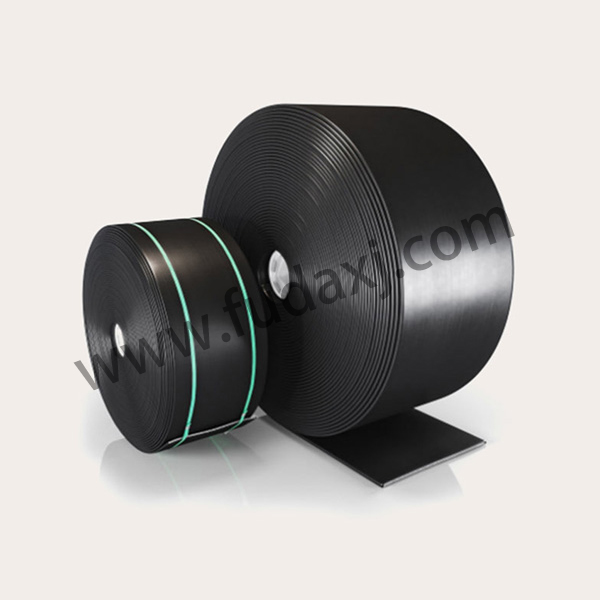
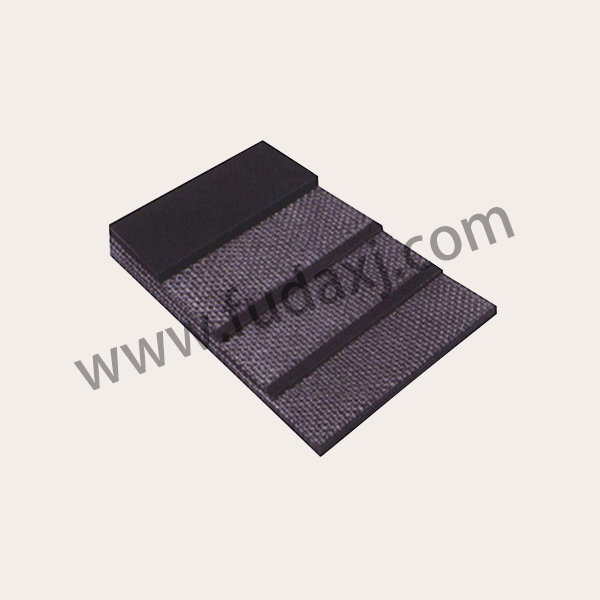
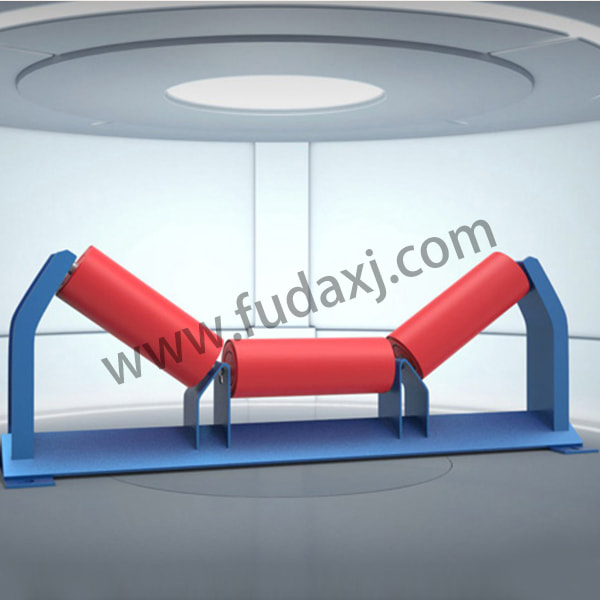
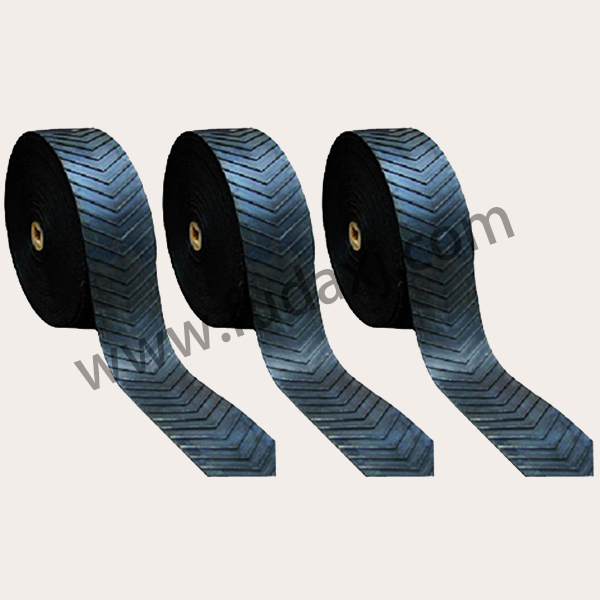
 Fax: 0086-576-83019528
Fax: 0086-576-83019528